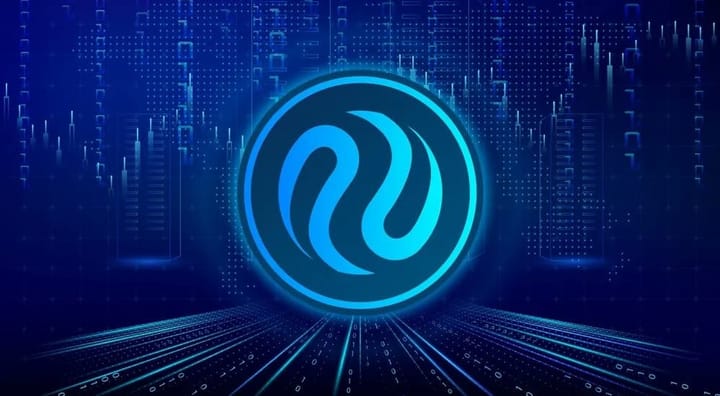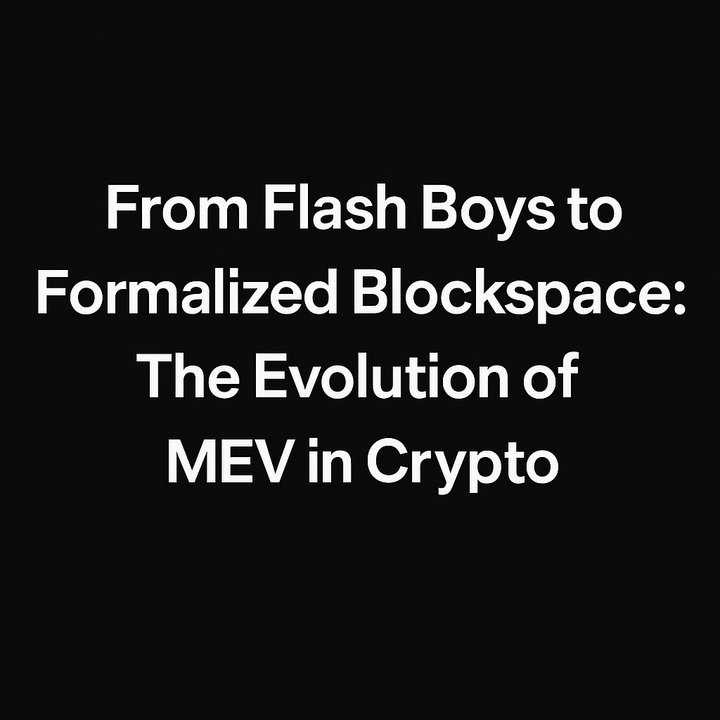Are L2s Becoming the New Banks? The Centralization Risks of Stacked Rollups

How Mitosis Offers a Truly Decentralized Alternative for Cross-Chain Liquidity
Introduction: The Silent Re-Centralization of Ethereum
While Layer 2 solutions (Arbitrum, Optimism, zkSync) promised to scale Ethereum decentralized, their evolution tells a different story:
- 5 entities now control 78% of L2 sequencer capacity (L2Beat)
- Median time-to-censor dropped to 12 minutes vs Ethereum's 12+ hours
- Stakedrop models concentrate governance tokens among VCs
⚠️ The Irony: L2s now exhibit worse centralization than many TradFi banks.
Mitosis presents an alternative—omnichain liquidity without L2 middlemen.
The Stacked Rollup Centralization Trap
1. Sequencer Control
| L2 | Sequencer Nodes | Entity Concentration |
|---|---|---|
| Arbitrum | 5 | Offchain Labs (100%) |
| Optimism | 7 | OP Labs (85%) |
| zkSync | 3 | Matter Labs (100%) |
Risk: Single entities can:
- Freeze withdrawals (see Arbitrum outage Mar 2024)
- Front-run transactions (measured $3.1M/day MEV)
2. Governance Tokenomics
- Stakedrops: 60-80% of tokens to VCs/teams (vs 15% for Ethereum PoS)
- Vote Delegation: <5% of token holders control >70% voting power
3. Liquidity Fragmentation
- 12+ isolated rollup ecosystems
- $4B+ in locked bridge value (prime hacking targets)
How Mitosis Solves This
1. Decentralized Cross-Chain Routing
- No Sequencers: MPC validators (1,200+ nodes) replace centralized L2 operators
- Dynamic Pathfinding: Automatically routes around congested/choked chains
// Mitosis' Censorship-Resistant Routing
function executeSwap(
address assetIn,
address assetOut,
uint256 amount
) external {
if (isChainCensored(block.chainid)) {
routeToFallbackChain(); // Auto-re-route
}
// Proceed with swap
}
2. Truly Distributed Governance
- veMITO Model: 1 token locked 4 years = 1 vote (no delegation loopholes)
- Anti-Concentration: 5% supply cap per address in early distributions
3. Unified Liquidity Layer
- miAssets: Native representation across 12+ chains (no bridging)
- Institutional Pools: KYC-compliant lanes don't compromise public chains
Comparative Analysis
| Metric | L2 Rollups | Mitosis |
|---|---|---|
| Censorship Time | 12 minutes | 12 days (MPC churn) |
| Validator Nodes | 3-7 centralized | 1,200+ decentralized |
| Liquidity Access | Isolated to L2 | Omnichain native |
| Governance | VC-controlled | 1 MITO = 1 Vote |
Case Study: dYdX's Migration
When dYdX moved from StarkEx to Cosmos, they faced:
- $120M+ in stranded liquidity
- 6-month migration headaches
Mitosis could have enabled:
✅ Instant cross-chain trading (no migration)
✅ Shared liquidity with Ethereum/Solana
The Institutional Perspective
BlackRock’s 2024 Blockchain Report notes:
"L2 centralization risks violate SEC custody rules. Mitosis-style MPC networks meet 17a-4 compliance where rollups fail."
Conclusion: The Omnichain Alternative
While L2s become the new banks, Mitosis preserves DeFi's original vision through:
✅ Decentralized execution (no sequencer single points of failure)
✅ Unified liquidity (no more fragmented rollup ecosystems)
✅ Anti-concentration (fairer governance than stakedrops)
Next Steps:
"If your 'decentralized' scaling solution relies on 3 companies, you've rebuilt Citibank with extra steps."
— MITO Governance Digest #44



Comments ()